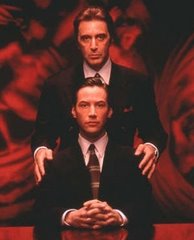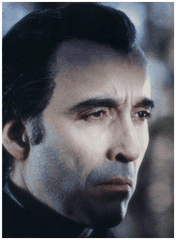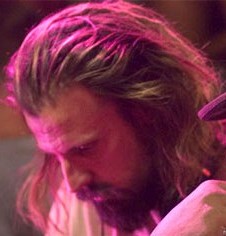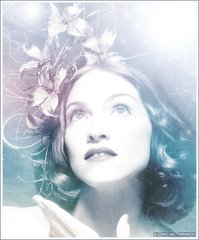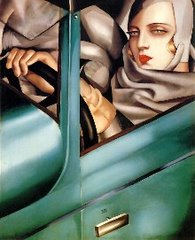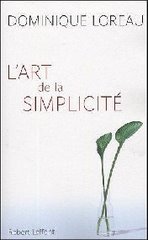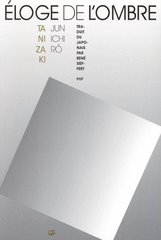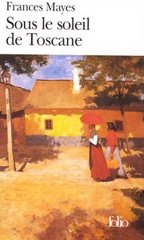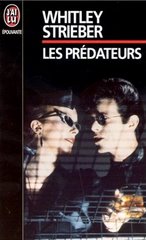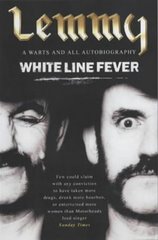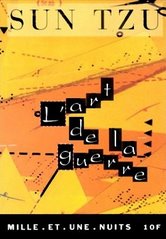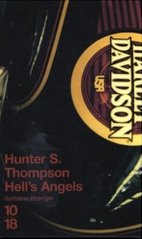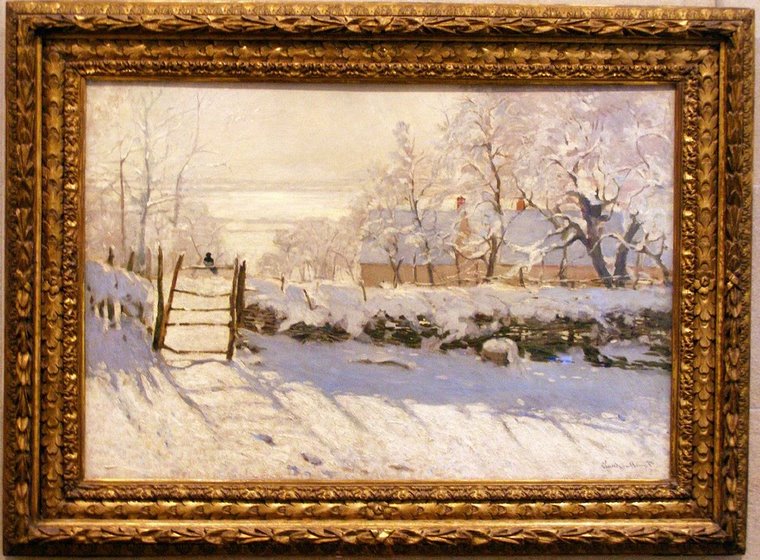|
Dear readers, fond of vampires,
This wonderful book will join sooner or later your bookshelf ( as soon as an editor will translate it in english, I don't think it is the case at present ), because it will for sure become a "classic" in the vampire literature.
Written on the base of a defence of thesis at Toulouse II university, in France, this big book - 470 pages - will amaze you for 2 reasons :
1) OK, it is a really big book, but not at all boring, as you could fear, considering the fact that it is coming from a university work. It is written in a so clear and simple style that you will read it as a very good novel...and will not realise the time flies.
2) The richness of the content is really incredible : From the farest origins of the vampire in religions all around the world, then presenting the most famous vampires in History, we continue the visit with the so called "real vampires", next, a very interesting chapter about the birth of the vampire in literature ( there is here a very interresting and precise explanation of the text of the "Dracula" written by Stocker ). Next, The writter introduce us some famous vampires places, gives some explanations about why the vampires seems so fascinating to us, poor humans, and to finish, presents us the various mediums having used - and still - the vampire's image : Movies, advertising, theatre, music, painting, television,...
Well, as you can observe it, this book is a real encyclopaedia, full of references ( see the very long list of information sources in the end of it, for those who want to know more ).The intro is written by Jean Marigny, one of the most serious specialist about vampire in the world. And, as a bonus, the writter features some of her paints about vampires....
This book costs 24 € here in France, and it is worth buying, believe me.















